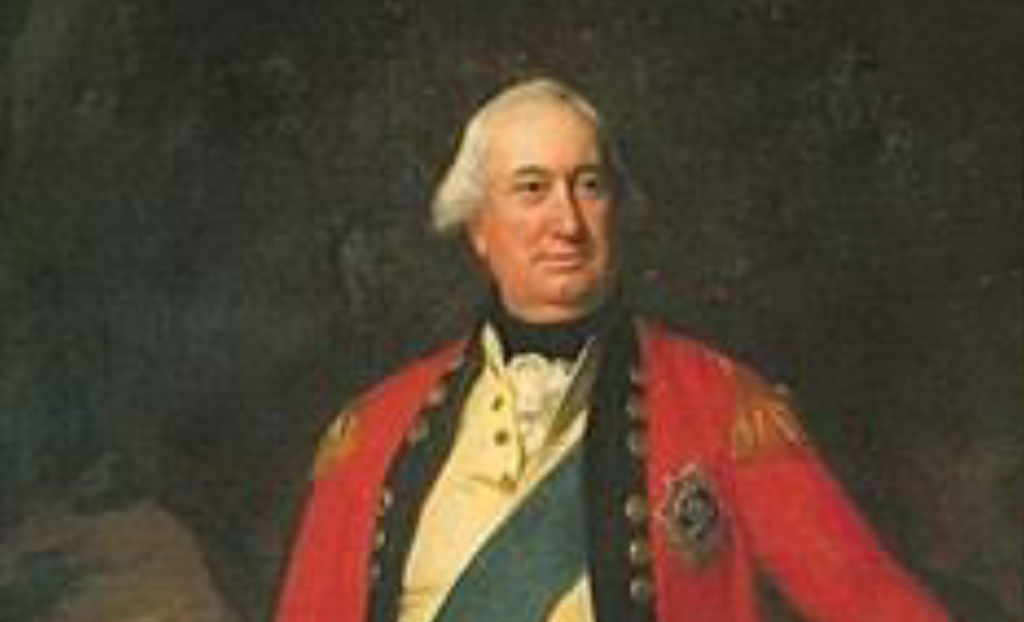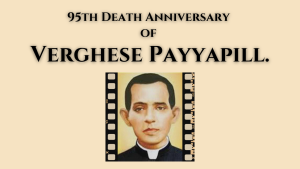Font size:
Print
Lord Cornwallis
Context:
On October 5, 2024, the 219th death anniversary of Lord Cornwallis commemorates his passing in Ghazipur, India, in 1805, shortly after returning for his second term as Governor-General.
About:
- Lord Cornwallis, formally known as Charles Cornwallis, 1st Marquess Cornwallis, was a prominent British military officer and colonial administrator.
- He is perhaps best known for his role in the American War of Independence, particularly for his surrender at Yorktown in 1781.
- Despite this setback, he continued to serve in various significant capacities, including as the Governor-General of India from 1786 to 1793.
Role in Consolidating British Administration in India:
- Cornwallis Code and Administrative Reforms: One of Cornwallis’s most notable contributions was the Cornwallis Code, enacted in 1793.
- This code established a structured administrative framework that laid the groundwork for British governance in India.
- It divided the East India Company’s service personnel into three branches: revenue, judicial, and commercial.
- This system aimed to eliminate corruption by prohibiting members of the revenue and judicial branches from engaging in private trade and providing them with generous salaries.
-
- In the book, “The East India Company: A History”, Philip Lawson discusses Cornwallis’s impact on the East India Company, emphasising his efforts to curb corruption and establish a meritocratic system.
- According to historians like Marshman, the introduction of the daroga system under Cornwallis led to abuses of power by local police officers who were often corrupt and oppressive towards familiar people.
- Permanent Settlement: Cornwallis introduced the Permanent Settlement of land revenue in Bengal, which significantly altered land ownership dynamics. Under this system, zamindars (landlords) were made the owners of land and were responsible for paying fixed land revenue to the British.
- This arrangement created a vested interest among zamindars in maintaining British authority while reducing farmers to tenant status.
- Although it stabilised revenue collection, it also accelerated the wealth drain from India to Britain and marginalised smaller landholders.
-
- In the book “The Making of Modern India: From Marx to Gandhi” RC Dutt, critiques Cornwallis’s Permanent Settlement, arguing that it favoured zamindars over peasants, leading to long-term socio-economic issues. He emphasises that while Cornwallis sought stability, his policies often exacerbated existing inequalities.
- Judicial and Police Reforms: Cornwallis restructured the judiciary by establishing separate courts for civil and criminal cases and appointing district judges with magisterial powers.
- He abolished torturous punishments and implemented laws that allowed government servants to be sued for misconduct. Furthermore, he transferred police control from landlords to district superintendents, establishing a more centralised law enforcement system.
- Military Engagements: During his tenure, Cornwallis also engaged militarily against local rulers. Notably, he led British forces in the Third Anglo-Mysore War against Tipu Sultan from 1790 to 1792. His military successes not only expanded British territorial control but also reinforced British dominance over Indian states.
Subscribe to our Youtube Channel for more Valuable Content – TheStudyias
Download the App to Subscribe to our Courses – Thestudyias
The Source’s Authority and Ownership of the Article is Claimed By THE STUDY IAS BY MANIKANT SINGH



